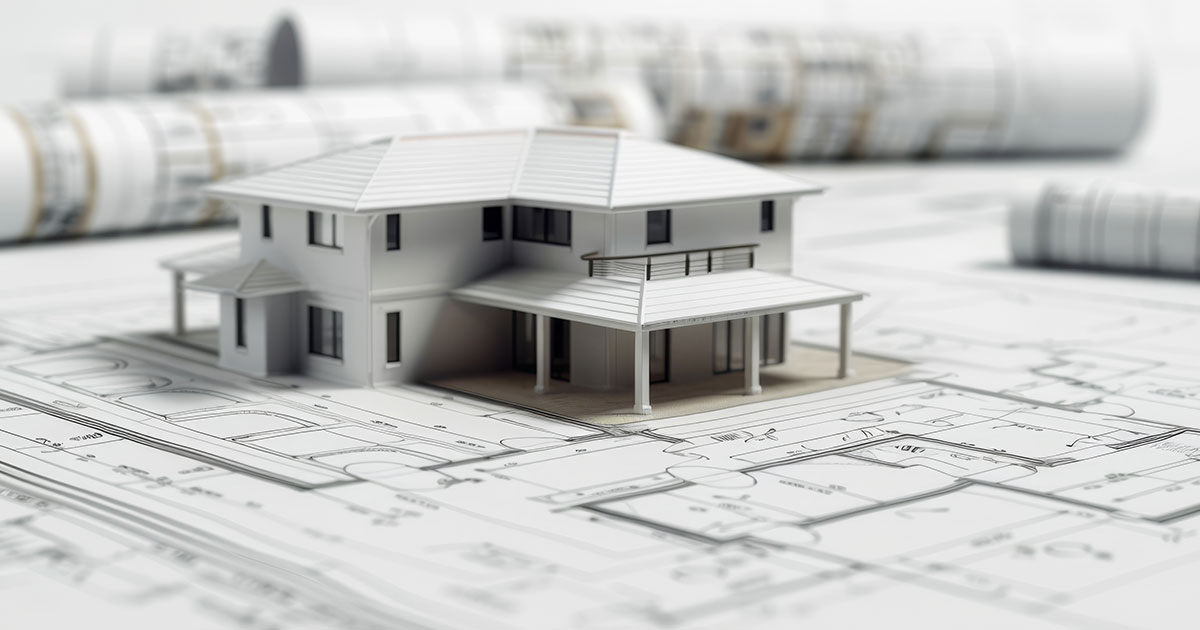
What is architectural ironmongery?
Architectural ironmongery refers to the design, manufacturing and supply of building furnishings such as; door handles, locks, hinges, window fittings, railings, handrails, balustrades, switches and sockets. These finishings were traditionally made from materials such as iron, steel, brass and bronze, however, modern architectural ironmongery can incorporate a range of materials, including wood and leather.
What is the purpose of architectural ironmongery?
Architectural ironmongery serves two key purposes: function and aesthetic.
First and foremost, architectural ironmongery fulfils the functional needs throughout a building. Ironmongery plays a constant role in day-to-day life, and good-quality finishings are essential for the safe, accessible, and long-lasting operation of doors, windows, storage, and more. Ironmongery products must meet requirements for adequate safety and functionality and are usually a vital part of getting building project designs signed off and approved by inspectors.
Secondly, architectural ironmongery is key to a consistent aesthetic throughout a building. The choice of ironmongery materials and design will crucially influence the finished appearance of both the interior and exterior building design. Implementing consistent ironmongery throughout a building design will provide coherence between the exterior and interior and between the interior rooms.
The importance of architectural ironmongery
Architectural ironmongery is integral to tying together the interior and architectural design of a building. More than ‘finishing touches’, architects and designers should consider how ironmongery will complete the look of a building early in the design and planning stages. From classical to modern interiors, ironmongery provides the defining details, so it’s important to explore which materials and styles will achieve the desired look early on. With an extensive range of materials, finishes and bespoke design options, the ways in which you can enhance your building design with the right ironmongery are endless.
For example, when restoring the Georgian mansion, Sondes Place, a light and airy interior was chosen to accentuate its spacious, high-ceiling rooms. Strada provided a range of ironmongery, including a bespoke edition of the Gio Ponti door handle, which featured an extended-length grip to compliment the size and details of the doors at Sondes Place. The stainless steel finish fits seamlessly with the interior’s modern, bright, neutral tones, providing a subtle but elegant touch throughout.
In contrast, opting for more traditional Georgian material, such as polished bronze and brass, can truly capture the historic elements of a period building, creating an interior that can transport occupants through time. This was the case when we were a part of the refurbishment of Handel Hendrix House in London.
Strada met the museum’s requirements, providing high-quality bronze and brass ironmongery faithful to the museum’s Georgian design, bringing it back to its former glory.
For projects that incorporate a fusion of contemporary design with historical touches, architectural ironmongery can play a pivotal role in marrying these elements together into a seamless design. Take this Victorian townhouse in Primrose Hill. Architects were challenged with creating a contemporary interior while incorporating Victorian features and retaining elements of the building’s history throughout the design. Strada provided the architectural ironmongery, including Gio Ponti lever handles and bespoke flush pulls, in a custom bronze, which beautifully united the home’s contemporary elegance and its historical undertones.
Lastly, not only does architectural ironmongery provide a cohesive aesthetic throughout a design, but it can also be used to define or elevate certain rooms, features or apartments. In the Wood Wharf Towers, in Canary Wharf, Strada provided a full range of ironmongery for a consistent and cohesive design, but different finishes (satin stainless steel and dark bronze) were used to subtly distinguish different apartment tiers from one another.
Architectural ironmongery: making your vision a reality
No matter your design objectives, architectural ironmongery can play a pivotal role in transforming a space. At Strada, we have decades of experience when it comes to understanding architectural ironmongery and the role it plays in making your vision a reality. Our experts work closely with interior and architectural designers to create and supply premium and bespoke architectural ironmongery that will enhance a wide range of building designs and specifications.
If you are considering bespoke architectural ironmongery for your next project, get in touch with our experienced team today on +44 (0)1959 577342 or sales@strada.uk.com, we’re always happy to help.



